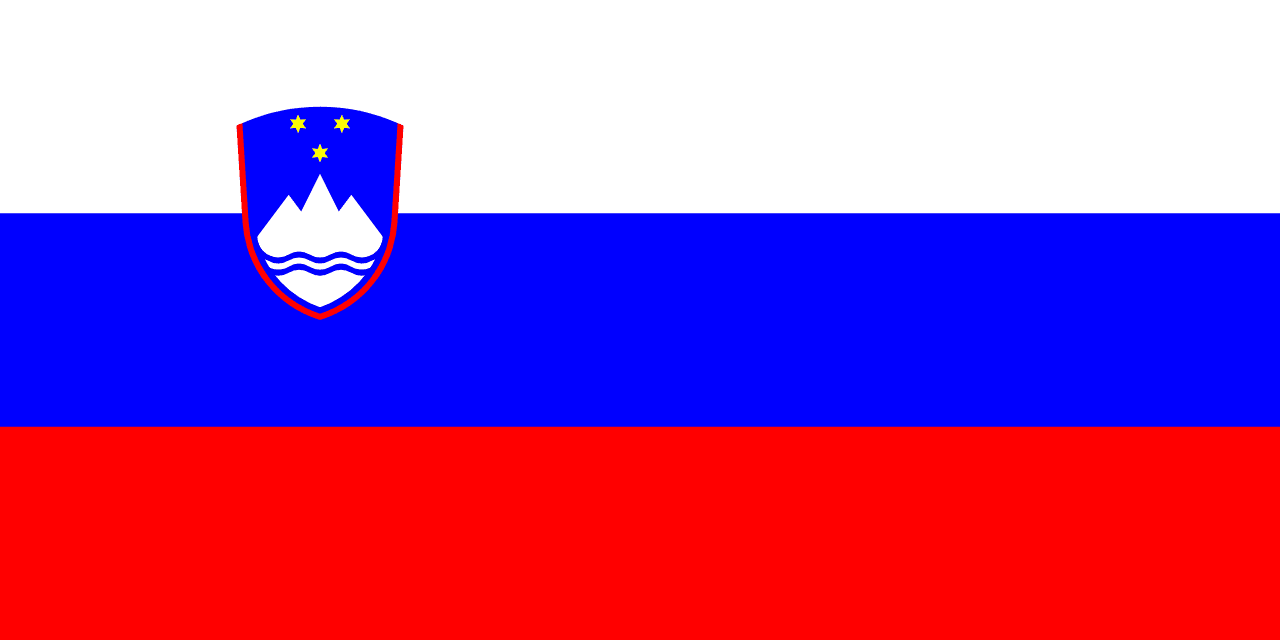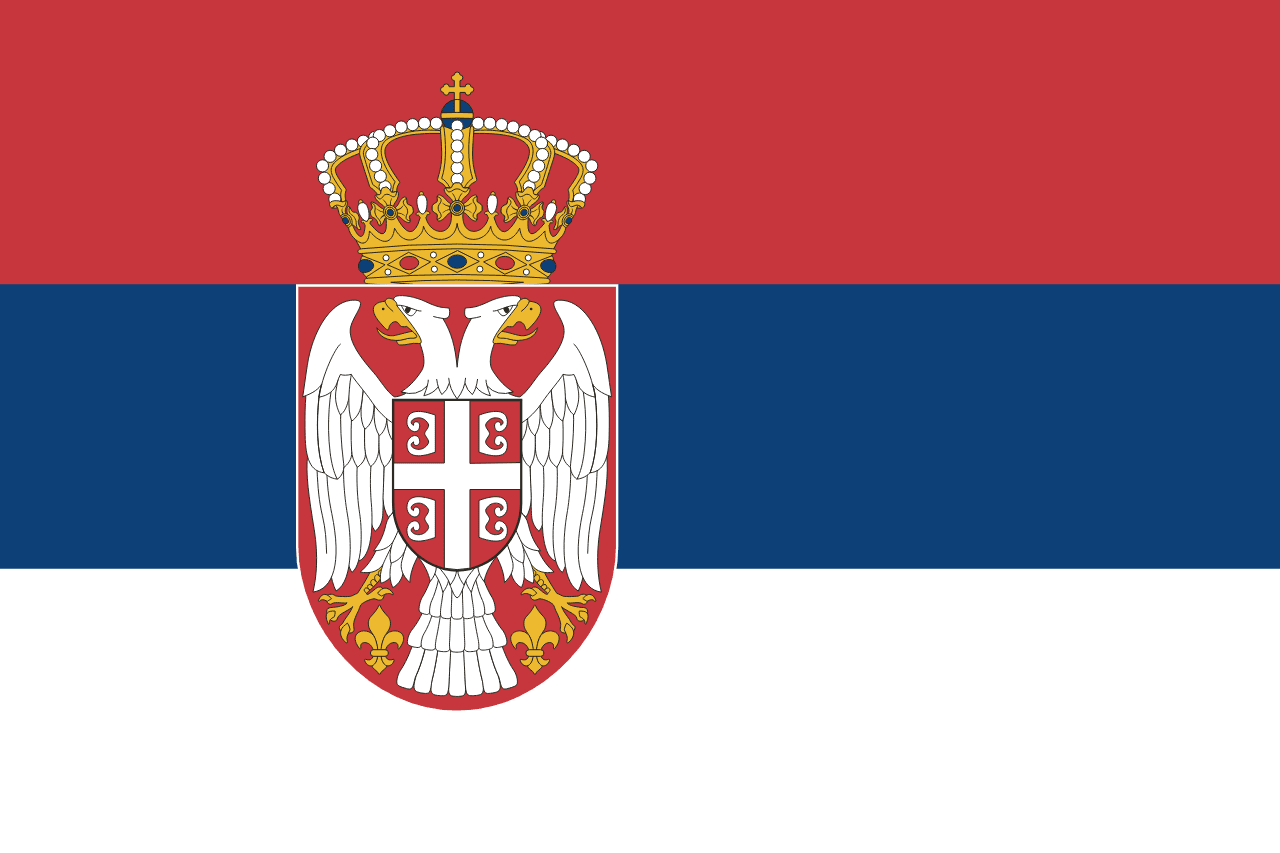The flag of Singapore consists of two equal horizontal stripes of red (top) and white, with a white crescent moon and five white stars in a circle in the upper left corner. This distinctive design encapsulates Singapore's national values, aspirations, and unique identity as a multicultural city-state.
Singapore information
| National Flag Day | — |
| Sovereign state | Yes |
| Official name | Republic of Singapore |
| Capital | Singapore |
| Population | 5,690,813 |
| Area | 720 km² |
| Currency | Singapore dollar (SGD) |
| Language | English, Malay, Mandarin Chinese, Tamil |
| Continent | Asia |
| Region | Southeast Asia |
| Subregion | — |
| Borders | Malaysia |
| Timezone | Singapore Standard Time (SST) UTC+8 |
| Calling code | +65 |
| Top-level domain | .sg |
History of the Singapore flag
 The flag was officially adopted on December 3, 1959, when Singapore gained self-governance from British colonial rule. It was designed by a committee led by then Deputy Prime Minister Toh Chin Chye. The flag continued to represent Singapore after it became part of Malaysia in 1963 and remained as the national flag when Singapore became an independent republic on August 9, 1965.
The flag was officially adopted on December 3, 1959, when Singapore gained self-governance from British colonial rule. It was designed by a committee led by then Deputy Prime Minister Toh Chin Chye. The flag continued to represent Singapore after it became part of Malaysia in 1963 and remained as the national flag when Singapore became an independent republic on August 9, 1965.
Each element of the flag holds significant symbolism:
- Red represents universal brotherhood and equality among Singaporeans, regardless of race, language, or religion.
- White symbolizes purity and virtue, as well as the country's commitment to peace and prosperity.
- The crescent moon signifies a young nation on the rise and Singapore's constant growth and progress.
- The five stars represent democracy, peace, progress, justice, and equality, which are fundamental values upheld by Singapore.
Symbolism and design of the Singapore flag
The flag's design is rich in symbolism, reflecting Singapore's values and aspirations. The red stripe represents universal brotherhood and equality, emphasizing Singapore's commitment to multiculturalism and social harmony. This is particularly significant given Singapore's diverse population, comprising mainly Chinese, Malay, Indian, and Eurasian communities.
The white stripe symbolizes purity and virtue, underlining Singapore's dedication to maintaining high moral standards in governance and society. It also represents the nation's commitment to peace, both internally and in its international relations.
The crescent moon, a common symbol in flags of Southeast Asian nations, represents a young nation on the ascendant. It reflects Singapore's constant growth and progress since its independence, as well as its forward-looking approach to nation-building and development.
The five stars arranged in a circle symbolize Singapore's ideals of democracy, peace, progress, justice, and equality. These values form the foundation of Singapore's governance and social fabric, guiding the nation's development and policies.
Usage and significance of the Singapore flag
 The flag of Singapore is a powerful symbol of national identity and pride. It is prominently displayed on government buildings, schools, and during national celebrations such as National Day on August 9th. The flag also plays a central role in the National Day Parade, one of Singapore's most important annual events.
The flag of Singapore is a powerful symbol of national identity and pride. It is prominently displayed on government buildings, schools, and during national celebrations such as National Day on August 9th. The flag also plays a central role in the National Day Parade, one of Singapore's most important annual events.
In Singaporean culture, the flag is treated with great respect. There are specific guidelines for its use and display, including rules about flying the flag at half-mast during periods of national mourning. During the month leading up to National Day, Singaporeans are encouraged to display the flag as part of the "National Day Observance Ceremony," fostering a sense of patriotism and national unity.
Interesting facts about Singapore and its flag
- Singapore is one of the world's only city-states and is known for its rapid transformation from a developing country to a global financial hub within a single generation.
- The flag's design was carefully chosen to be distinct from other nations' flags while still incorporating elements common to flags in the region.
- Singapore's national anthem, "Majulah Singapura" (Onward Singapore), was composed at the same time as the flag was designed, with both symbolizing the nation's aspirations.
- The flag is often displayed alongside the flags of Singapore's ethnic communities during cultural celebrations, emphasizing the nation's multicultural identity.
- In times of national crisis or celebration, Singaporeans often display miniature flags on their vehicles or homes, reflecting the strong sense of national unity fostered by the flag.





